In addition to Snow Pits and CiPEHR an older research area at the University of Florida research site exists. This area is called the Thaw Gradient.

The Thaw Gradient is composed of three zones. These zones are areas of minimal, moderate and extensive permafrost thaw. At each of these areas scientific loggers are located. These battery-powered instruments supported by supplemental solar power collect data year around on soil temperature and moisture content.
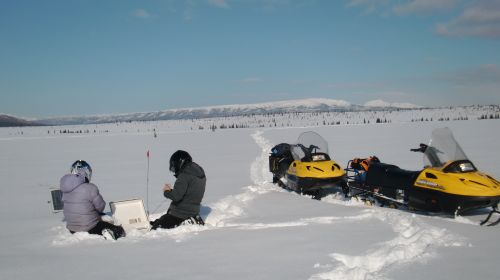
The Thaw Gradient is what’s called a passive system. It is an area being monitored by the Schuur Lab. to observe changes over time in different areas of permafrost. Located also within this research area south of Eight-mile Lake along the Stampede Trail is a borehole. This hole was drilled in the early 1980’s 30 meters into the ground through the permafrost. It is one of 300 boreholes drilled throughout Alaska starting in the 1960’s by The PermafrostPermanently frozen ground. Lab at the University of Alaska-Fairbanks. From these holes permafrost changes are being monitored.
http://permafrost.gi.alaska.edu/
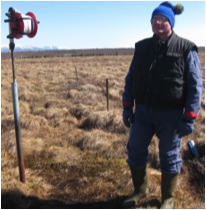
Also located in the Thaw Gradient is the Eddy Covariance Tower http://www.licor.com/env/products/eddy_covariance/
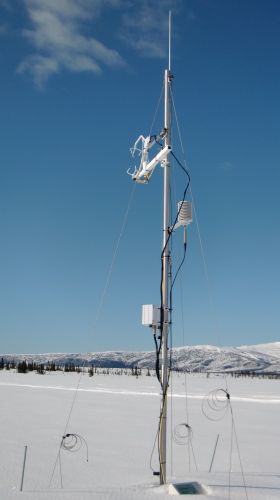
This instrument continuously monitors CO2 flux from surface to atmosphere in a 200-meter area around it. The Eddy Covariance Tower (ECT) is battery powered. A wind turbine and solar panels on the site recharge the batteries for the ETC.
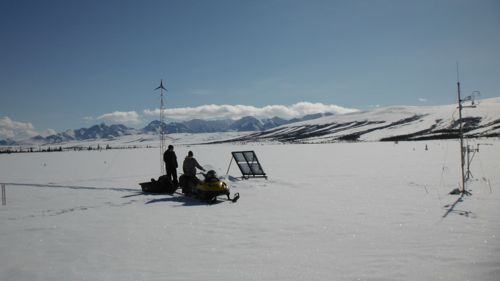
A smaller tower is located 100 meters from the ECT. This second set of instruments collects information on photosynthetic active radiation (PAR). This is the part of the light spectrum used by plants for photosynthesis. Basically it measures how sunny it is. The smaller tower also has soil temperature and moisture sensors as well as wind speed and direction monitors. All together the information from the smaller tower is used to gap fill (create meaningful data) when the ECT data stream is interrupted.
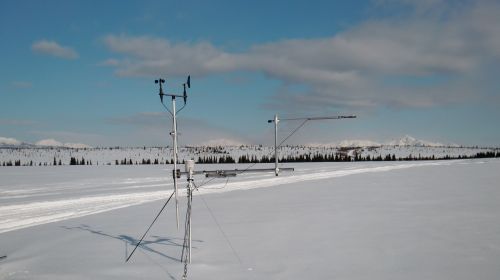
The data from some of the Thaw Gradient instruments is collected by Campbell Scientific Loggers. The Eddy Covariance Tower has a similar data collection system. These instruments store the data on memory cards that periodically have to be changed.
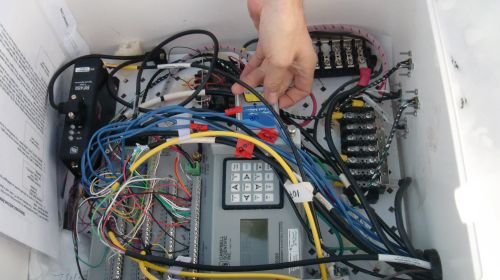
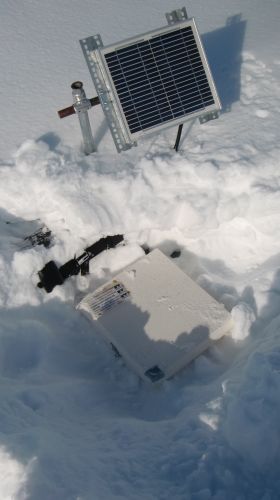


Comments